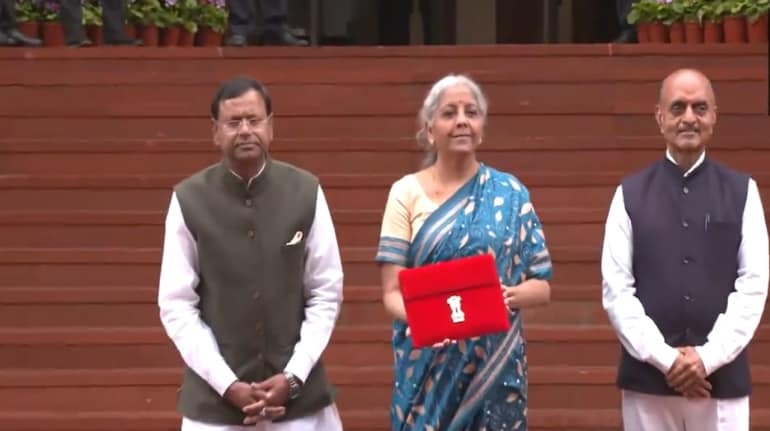
As and when it happens, the $3 billion IPO by One97 Communications, the parent firm of Paytm, will mark the coming of age of India’s millennial-era startups. If successful, it could have the same long term impact that the June 1993 Infosys IPO had in thrusting the potential of the Indian IT services industry into the public consciousness. That one IPO opened the floodgates for small shareholders to participate in the ensuing IT success story.
At 11 years, Paytm is on par with other global startups in terms of years taken to go public and provide an exit to its investors. In the US, dating app Bumble, whose February 2021 IPO at a valuation of $8.2 billion, made its founder Whitney Wolfe Herd a billionaire and the youngest woman to take a company public, was born in 2014. Didi Chuxing, the Chinese equivalent of Uber, which is planning to list in 2021 at a targeted valuation above $60 billion, was set up in 2012.
But in India’s family businesses-dominated markets, a supersized IPO by such a young startup is unusual. What’s more, Paytm won’t be the only one. Delhivery, Freshworks, Byju’s, Policybazaar, Zomato and Flipkart are also expected to debut on the markets this year. For sheer size, though, Paytm’s offering will take some beating. At that size, it will also mark an inflexion point in India’s market economy. The five giant IPOs in the country have been in predominantly old economy sectors like coal, power, oil & gas and realty. By topping them, Paytm could usher in an entirely new era for the public markets in the country.
Of course, big IPOs in India have in the past flattered to deceive. In January 2008, Anil Ambani’s Reliance Power launched a massive ₹11,560 crore issue, too much the same kind of promise of a vast, growing market of consumers, though without any of the performance numbers Paytm boasts of. The much-hyped stock slumped 17 per cent on its stock market debut, and investors never recovered their initial investment. Similarly, DLF’s ₹9,187 crore IPO a year earlier was much more successful initially. But again, after peaking in January 2008, it has been all downhill since then for its shareholders.
It’s an unfortunate market curse that Paytm will seek to dispel. Its timing is propitious. India’s digital payments market, driven by Paytm, PhonePe and Google Pay, has surged during the pandemic. According to a widely quoted report by the US-based payments system company ACI Worldwide, India recorded the highest number of real-time online transactions in 2020, well ahead of China, South Korea and the US. This even though paper-based payments still hold sway with a 61.4% share of all transactions. That number will give enormous hope to investors looking ahead at the Paytm IPO since it indicates substantial headroom for the growth of electronic payments. Credit Suisse Group AG has predicted that online payments in India could touch $1 trillion in 2023.
The Paytm IPO will also give an insight into how investors view companies that haven’t been profitable but hold out the promise of exponential growth in their bottom lines once they turn the corner. It is a model well accepted by less risk-averse investors in the US, but Indians have generally not warmed up to such entities. Paytm, which is still not profitable, could change that. In January, its founder and CEO Vijay Shekhar Sharma did say at a Reuters Next conference that following the pandemic-driven surge in the use of its platform, the company could turn the corner in 2021.
Never miss a story! Stay connected and informed with Mint. Download our App Now!!
Paytm’s proposed IPO marks the coming of age for Indian startups - Mint
Read More

No comments:
Post a Comment